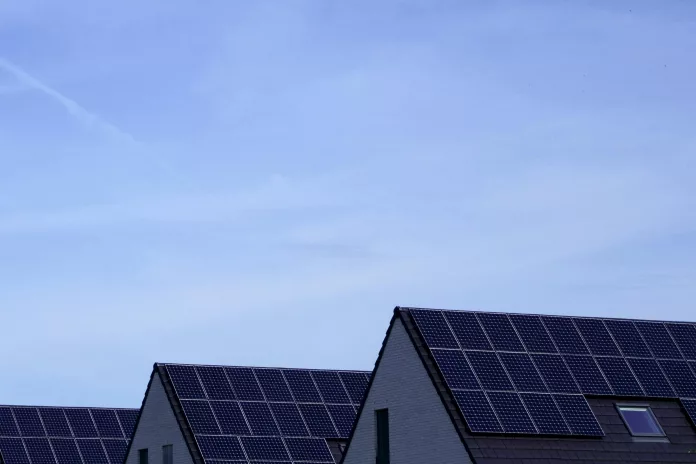The Inflation Reduction Act (IRA) stands as a pivotal piece of legislation, though perhaps not fully recognized for its transformative impact on the United States’ approach to manufacturing, climate change, and the adoption of clean energy technology. Amidst political strife, the act has been instrumental in bolstering the reshoring initiative and setting the stage for a substantial leap in solar power and electric vehicle (EV) production capacity.
The Solar Energy Renaissance
The U.S. Solar Energy Industries Association (SEIA) has recently illustrated the boost that the IRA has provided for the solar industry. According to their data, the United States added a staggering 32.4 gigawatts (GW) of new solar electric generating capacity in 2023, outperforming previous records. Attributing such a spike to the IRA, the industry’s growth paints a promising picture, provided current clean energy policies remain unaltered.
SEIA’s CEO, Abigail Ross Hopper, stresses the importance of maintaining these policies, underscoring their effectiveness in quadrupling solar deployments over the coming decade. Optimistic forecasts put the nation on track for sufficient solar capacity by 2034 to power an estimated 100 million homes, provided that a favorable policy and economic climate is sustained.
Catalyzing Domestic Solar Module Production
The IRA has played a vital role in encouraging the domestic production of solar modules, seen through manufacturing capacity growth rates from 8.5 GW at the end of 2022 to an impressive 16.1 GW by the end of 2023. This initiative signifies noteworthy progress in reshoring manufacturing jobs and strengthening the nation’s solar production capabilities.
Electric Vehicle Sales Surge Due to IRA Incentives
The EV market, too, has experienced a surge, a trend partly attributed to the IRA’s expanded tax credits. These benefits have lowered the cost of EV purchases, notably impacting sales for Tesla—a company representing over half of the US’s electric car market—and bringing back tax credit eligibility for GM, supporting the sales of their Chevy Bolt EV and Chevy Bolt EUV models.
While some electric models have lost credit eligibility due to Chinese-sourced batteries or components, the IRA’s broader effects, such as leasing loopholes and subsidies for used electric cars, signal a strong government commitment to reshaping the industry. Additionally, the IRA has stimulated investment in EV production and supply chain development, with policies geared towards reducing the reliance on foreign supply chains.
A report highlights that the IRA, in conjunction with other key acts, has spurred over $92 billion in EV production investment, creating around 84,000 new jobs and helping to break the dominance of foreign critical mineral and battery component supply chains.
The Future of Transportation and U.S. Job Growth
Opinions on the IRA’s long-term effects are positive, with the act seen as a driver for future-proofing traditional manufacturing roles by focusing on the cleantech sector. The legislation is not only crafting a robust solar and EV industry within the US but is also reinforcing the country’s position as a key player in the ongoing global move toward sustainability. The expectation is for continued growth leading up to 2030, assuming political climates remain supportive of these strides.
In summary, the IRA’s impact resonates through its strategic support for clean energy and manufacturing growth, specifically within the realms of the solar and EV sector. Its significance may well be far-reaching, establishing a solid foundation for a sustainable, economically sound future.

























